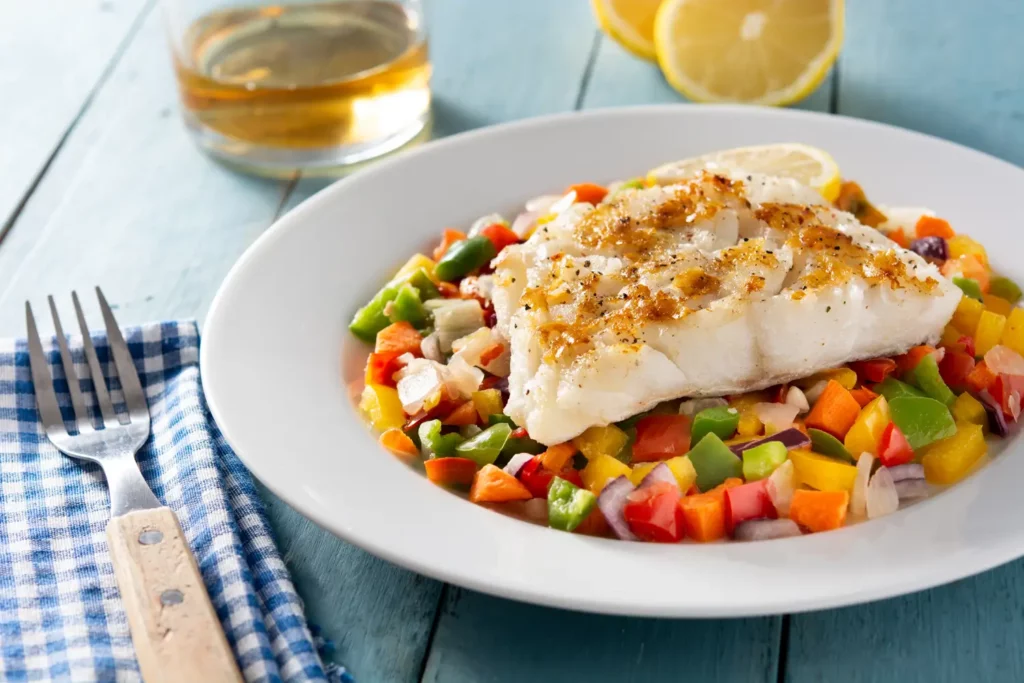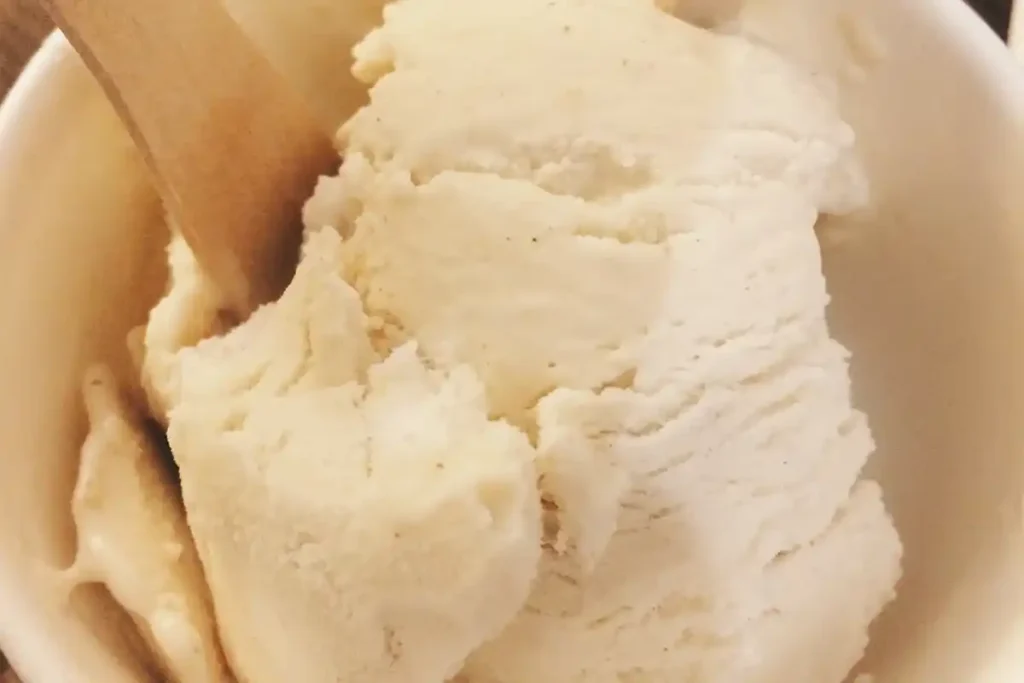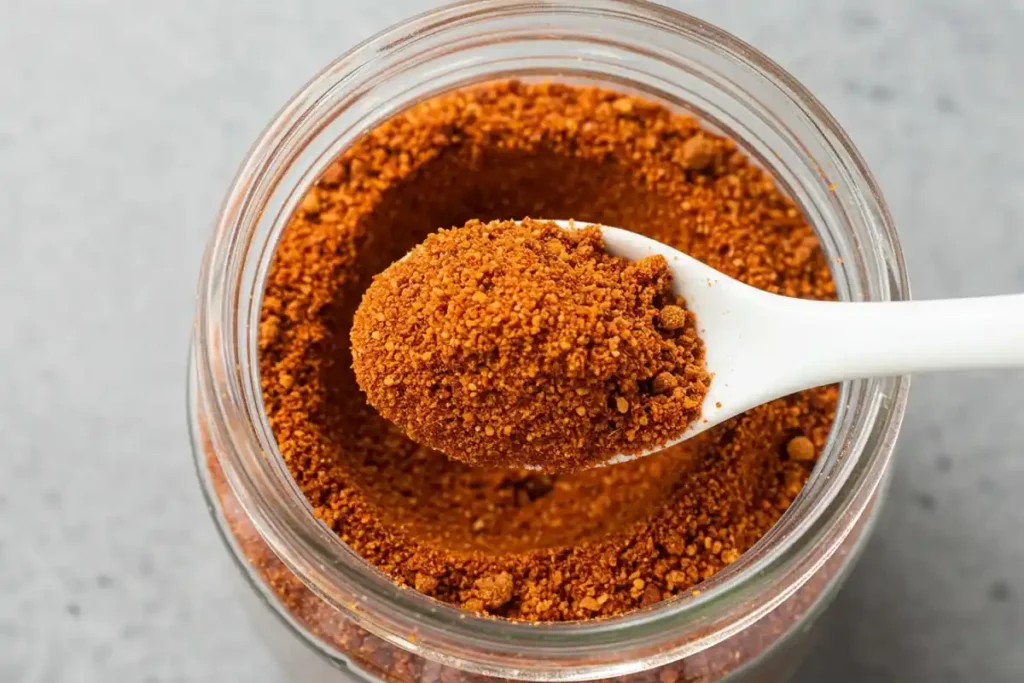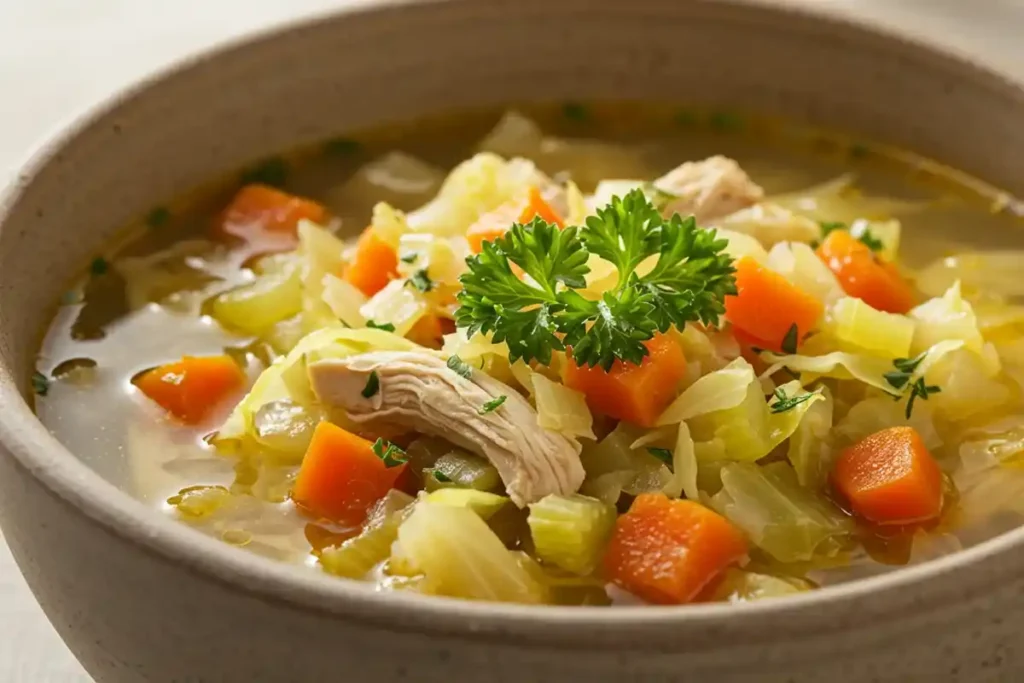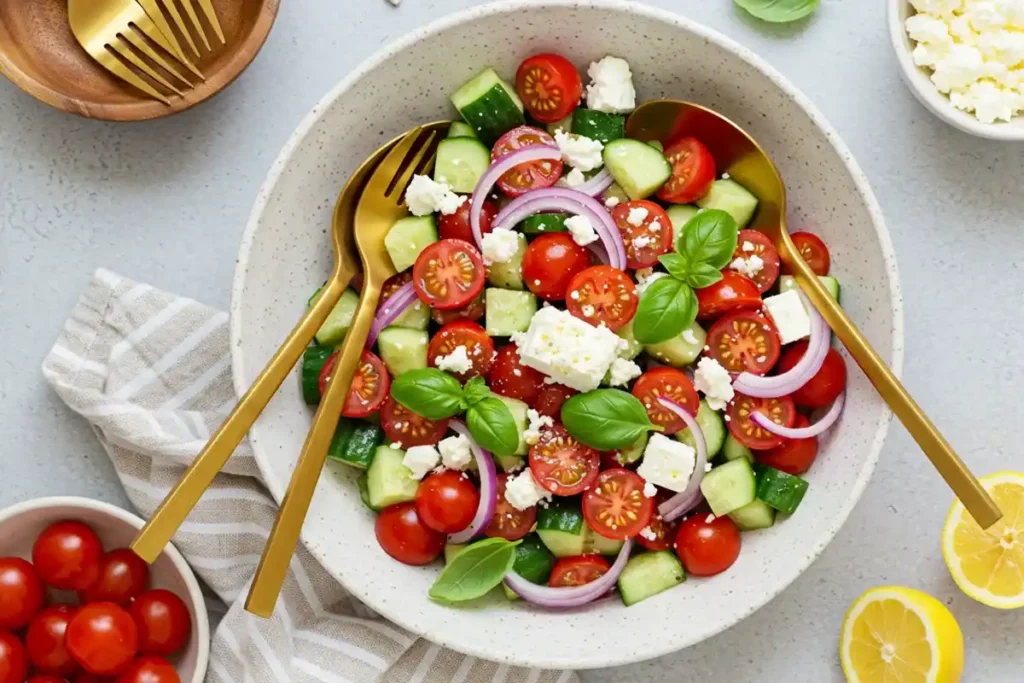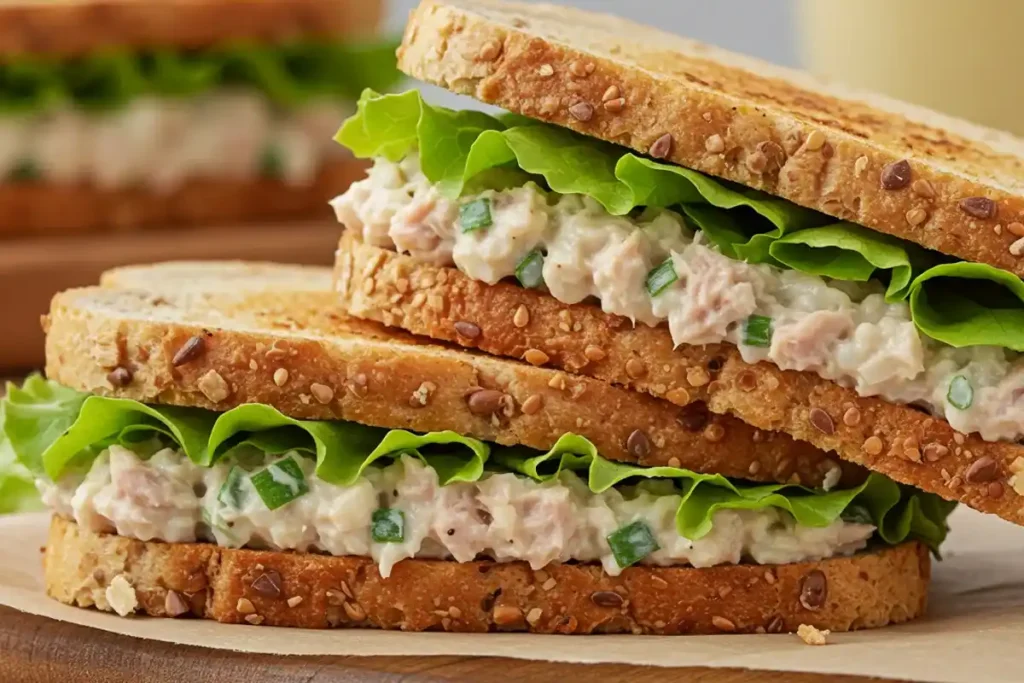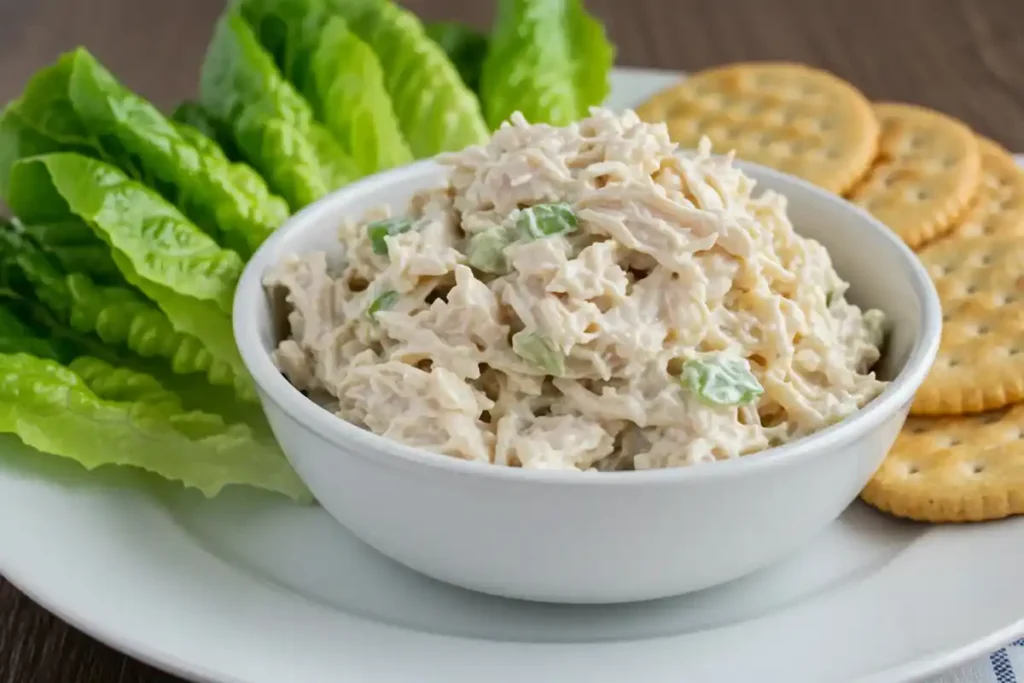Sablefish, also known as black cod, is a hidden gem in the world of seafood. With its melt-in-your-mouth texture and rich, buttery flavor, it’s no surprise that the sablefish recipe is a favorite among chefs and food enthusiasts alike. Whether you’re a seasoned cook or just starting to explore seafood recipes, this guide will provide everything you need to know—from selecting the freshest sablefish to mastering popular sablefish recipes and essential cooking techniques.
Part 1: Introduction to Sablefish
How to Select Fresh Sablefish for Your Recipe
Sablefish, commonly called black cod, is a deep-sea fish known for its luscious, flaky meat. Found primarily in the cold waters of the North Pacific, it boasts a uniquely rich flavor profile, making it an excellent choice for both simple and sophisticated dishes. Its high fat content is not just a treat for the palate but also ensures it stays moist during cooking.
Sustainable Sourcing of Sablefish for Your Cooking Needs
Did you know that sablefish is a powerhouse of nutrition? Packed with heart-healthy omega-3 fatty acids, it supports brain and cardiovascular health. It’s also an excellent source of high-quality protein, vitamin D, and selenium, making it a nutritious addition to your meals. If you’re looking for a seafood option that’s both indulgent and good for you, sablefish hits the mark.
Why Sablefish is Known as Black Cod
Despite the nickname, sablefish isn’t a member of the cod family. It earned the moniker black cod because of its dark skin and similar flaky texture to true cod. However, its flavor is far richer and its texture more luxurious, setting it apart from other white fish. This dual identity has only added to its appeal, making it a must-try for seafood enthusiasts.
Part 2: Choosing the Best Sablefish for Your Recipe
How to Select Fresh Sablefish
When it comes to creating the perfect sablefish recipe, freshness is key. Look for fish with firm, shiny flesh and a mild, clean aroma—avoid any fillets that appear dull or have a strong fishy smell. The skin should feel slightly moist, not slimy. If you’re buying frozen sablefish, ensure the packaging is intact and check for minimal frost or ice crystals, which can indicate freezer burn.
At local seafood markets, ask the fishmonger when the sablefish was caught to guarantee the best quality. Online seafood providers like Wild Alaskan Company are excellent resources for sustainably sourced options.
Sustainable Sourcing of Sablefish
Supporting sustainable seafood practices ensures a steady supply of this delicious fish for generations. Sablefish is often caught using eco-friendly methods, such as bottom longlines, which minimize bycatch. Check labels or certifications like Marine Stewardship Council (MSC) to confirm that your sablefish is sustainably harvested.
For those curious about other sustainable seafood recipes, check out the rockfish recipes guide to explore additional environmentally conscious options.
Part 3: Essential Cooking Techniques for Your Sablefish Recipe
Pan-Seared Sablefish: A Staple Method
Pan-searing is one of the easiest ways to bring out the buttery texture of sablefish. Begin by patting the fillet dry, then season it lightly with salt and pepper. Heat a drizzle of olive oil in a non-stick skillet over medium-high heat. Once the oil shimmers, place the fillet skin-side down, letting it cook undisturbed for about 4-5 minutes. Flip and cook the other side for an additional 3 minutes.
For added flavor, deglaze the pan with vegetable stock or a splash of lemon juice
Baking Sablefish: Step-by-Step Guide
Baking is a foolproof method for evenly cooking sablefish while locking in moisture. Preheat the oven to 375°F (190°C) and line a baking dish with parchment paper. Brush the fillet with a marinade, like soy sauce and brown sugar, and bake for 12-15 minutes. The fish should flake easily with a fork when done.
For another baked seafood delight, check out these easy lasagna recipes with seafood variations.
Poaching Sablefish: Maintaining Flavors and Textures
Poaching sablefish is ideal for preserving its delicate flavor. Simmer water or broth with aromatics like bay leaves, garlic, and lemon slices. Gently lower the fish into the liquid and cook over low heat for about 7 minutes.
Grilling Sablefish: Tips for Perfect Results
Grilling adds a smoky depth to your sablefish recipe. Preheat the grill to medium heat and oil the grates to prevent sticking. Marinate the fish beforehand for a burst of flavor, then cook for 4-5 minutes per side.
Using these techniques, you’ll have no trouble achieving perfectly cooked sablefish every time. Up next, let’s explore popular recipes to elevate your culinary skills!
Part 4: Popular Sablefish Recipes for Every Occasion
Sablefish with Lemon Garlic Butter Sauce
One of the most loved ways to prepare sablefish recipes is with a simple yet flavorful lemon garlic butter sauce. To make this dish, pan-sear sablefish fillets until golden, then set them aside. In the same skillet, melt butter and sauté minced garlic until fragrant. Add freshly squeezed lemon juice, a pinch of salt, and chopped parsley. Drizzle this savory sauce over the fish for a restaurant-quality meal at home.
Pair this dish with roasted vegetables or creamy mashed potatoes for a complete, satisfying dinner.
Tomato Herb Sablefish
If you love bold flavors, try a sablefish recipe with white wine and tomatoes. Start by sautéing onions and garlic in olive oil. Stir in cherry tomatoes, vegetable stock, and a sprinkle of crushed red pepper flakes. Simmer until the tomatoes soften, then nestle the sablefish fillets into the sauce. Cover and let them poach gently until cooked through. The result is a tangy, slightly spicy dish that pairs beautifully with crusty bread or steamed rice.
Miso-Marinated Sablefish: A Japanese Twist
Miso-marinated sablefish is a favorite in Japanese cuisine. To recreate this at home, marinate sablefish fillets in a mixture of white miso, rice vinegar, soy sauce, and sugar for at least 24 hours. When ready to cook, broil the fish until caramelized and flaky. This savory-sweet dish is often served with steamed white rice and pickled vegetables.
For another Japanese-inspired option, explore recipes like teriyaki-glazed salmon for a change of pace.
Simple Herb-Crusted Sablefish
For an easy yet elegant dinner, try herb-crusted sablefish. Coat fillets with a mixture of breadcrumbs, minced garlic, parsley, and lemon zest. Bake at 375°F (190°C) until the topping is golden and crisp. This dish is perfect for entertaining, as it looks and tastes like a gourmet meal with minimal effort.
Mediterranean-Style Sablefish with Olives and Capers
Transport your taste buds to the Mediterranean with this vibrant dish. Sauté garlic in olive oil, then add diced tomatoes, olives, capers, anda splash of vegetable broth. Let the sauce simmer before adding the sablefish fillets. Cook until the fish is tender and infused with the bright, briny flavors of the sauce.
Part 5: Tips and Tricks for Perfect Sablefish Recipes
Common Mistakes to Avoid When Cooking Sablefish
Cooking sablefish recipes can be foolproof if you steer clear of these common pitfalls. Overcooking is the most frequent mistake—it’s important to remember that sablefish cooks quickly and remains moist when done right. Always check for doneness by flaking the fish gently with a fork.
Another error is skipping the pat-dry step before cooking. Moisture on the fish’s surface can prevent proper browning, robbing you of that delicious crispy texture.
Pairing Sablefish with Side Dishes
Sablefish’s rich, buttery flavor pairs well with a variety of sides. Roasted vegetables like asparagus or Brussels sprouts complement its decadence, while lighter options like a citrus salad can balance its richness. Grains like quinoa or farro also make excellent accompaniments, soaking up any sauces beautifully.
For more inspiration on sides and meal ideas, check out other versatile seafood recipes to expand your repertoire.
Part 6: FAQs About Sablefish Recipes
Can I Substitute Black Cod for a Sablefish Recipe?
Yes! Sablefish recipes often refer to black cod because they are the same fish. Whether the recipe calls it sablefish or black cod, you can confidently use them interchangeably. Their rich, buttery texture and mild flavor remain consistent, making substitutions a breeze.
If you’re considering other alternatives, Chilean sea bass is a decent choice, though it’s pricier and slightly less fatty. Keep in mind that the unique taste and texture of sablefish are hard to replicate fully.
How Long Does Sablefish Stay Fresh for Cooking Recipes?
Fresh sablefish should be consumed within 1-2 days of purchase when stored in the refrigerator. If you need to keep it longer, freezing is the best option. Frozen sablefish retains its quality for up to three months when properly sealed. For optimal taste, defrost it in the fridge overnight before preparing your favorite sablefish recipe.
What are the Best Spices for Sablefish?
Sablefish’s mild flavor pairs wonderfully with a variety of spices and seasonings. Popular choices include garlic, paprika, lemon zest, and dill. For Asian-inspired dishes, ginger, miso, and soy sauce work beautifully. Feel free to experiment—its rich texture allows it to absorb bold flavors while maintaining its own buttery essence.
How to Store Cooked Sablefish?
Leftover cooked sablefish can be refrigerated in an airtight container for up to three days. Reheat it gently in the oven or a skillet to preserve its delicate texture. Avoid microwaving, as it may cause the fish to dry out.
Part 7: Conclusion and Next Steps
Why Sablefish is a Must-Try Ingredient
If you’re looking for a seafood option that’s versatile, flavorful, and nutritious, sablefish is an exceptional choice. Its rich, buttery texture elevates every dish, whether it’s a simple pan-seared preparation or an elaborate miso-marinated masterpiece. Packed with omega-3s and protein, it’s not just a treat for the palate but also a boon for your health.
Encourage Experimenting with Unique Recipes
With so many ways to prepare sablefish, from Mediterranean-inspired recipes to Japanese classics, there’s no shortage of culinary creativity. Start with one sablefish recipe from this guide and let your imagination lead you to new flavor combinations.
For more delicious seafood recipes, check out our recipe collection. You’ll discover even more ways to make every meal a memorable experience!
